Mary Kenner's best-known invention was an adjustable sanitary belt that held reusable menstrual pads, but she also designed a toilet paper holder, a back massager, and more.
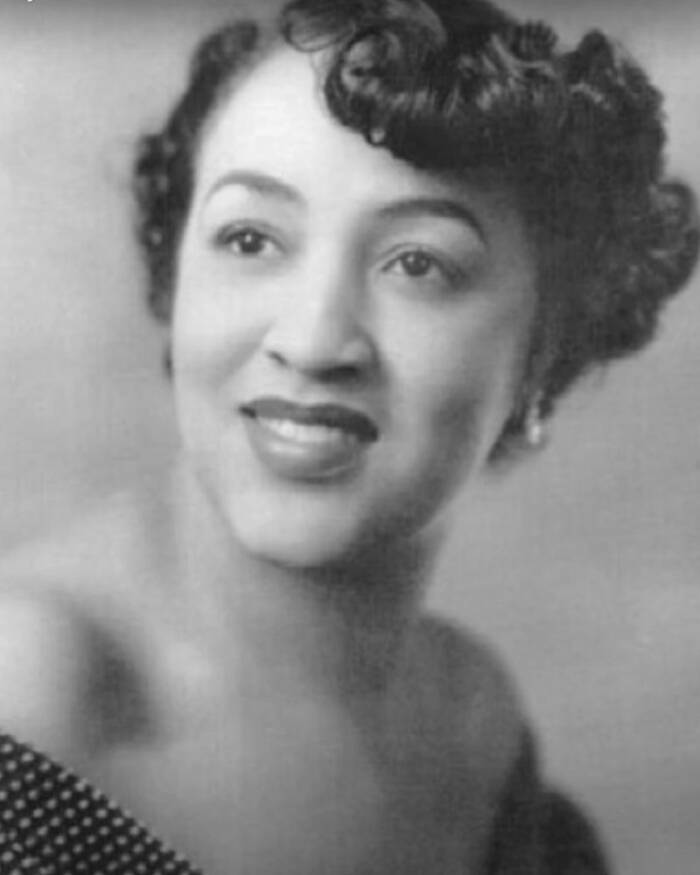
Wikimedia CommonsMary Kenner’s path to success was marred by blatant racism in the 1950s.
Twelve-year-old Mary Beatrice Kenner had an unusual hobby. She enjoyed wandering the U.S. Patent and Trademark Office in Washington, D.C., wondering if she might one day hold a patent for one of her inventions.
Not yet a teenager, Kenner already had several inventions to her name. But the road to earning her first patent would prove difficult.
Financial barriers and racism held Kenner back. However, she didn’t stop after she was awarded her first patent in 1956. She eventually received patents for five of her inventions, breaking the record for the most patents held by a Black woman at the time.
In spite of the challenges she overcame, Mary Kenner remained positive. “Every person is born with a creative mind,” Kenner declared. “Everyone has that ability.”
The Kenner Family Of Inventors
Mary Beatrice Kenner’s family was full of inventors. Kenner’s grandfather, Robert Phromeberger, invented a train signal and a wheeled stretcher for ambulances. Her father, Sidney Nathaniel Davidson, patented a clothes presser. And Mary’s sister, Mildred Davidson Austin Smith, would invent a family board game several years after Mary received her first patent.
Mary Kenner began dreaming of inventions early in her life. Born in 1912, Kenner grew up near Charlotte, North Carolina. When she was six years old, a squeaky door kept waking her when her mother headed to work in the morning. So, the young problem-solver decided to create a self-oiling door hinge.
As Zing Tsjeng, the author of the book Forgotten Women: The Scientists, wrote in an article for VICE in 2018, Kenner later recalled, “I [hurt] my hands trying to make something that, in my mind, would be good for the door. After that I dropped it, but never forgot it.”
Kenner also dreamed up a sponge-tipped umbrella to absorb dripping rain and an ashtray that attached to a pack of cigarettes.
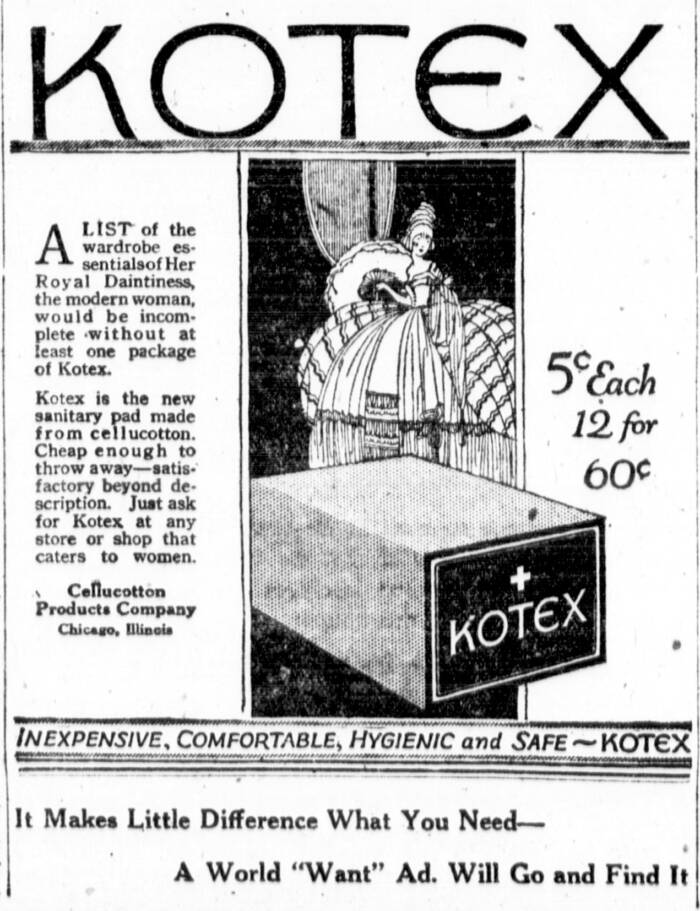
Public DomainIn the 1920s, women had few options for menstrual products. Disposable sanitary napkins were growing in popularity, but women struggled to keep them in place.
Life for the Kenners might have been very different if Mary’s father, Sidney, had made an alternate decision in 1914. A company from New York offered him $20,000 for his patented clothes presser. The invention, small enough to fit in a suitcase, would remove wrinkles from men’s trousers while they traveled.
Sidney believed he could make more by selling the product himself. But he only made a single clothes presser, which sold for $14.
When Mary Kenner was 12 years old, her family relocated to Washington, D.C. During her visits to the Patent Office, Kenner dreamed that someday her inventions would receive patents — and although it took several decades, those dreams eventually came true.
Mary Kenner’s Adjustable Sanitary Belt
Before she graduated from high school in 1931, Mary Kenner invented a sanitary belt that would solve a major problem for women. In the 1920s, women often used washable menstrual pads, but holding them in place proved difficult.
Kenner’s invention, a belt that clipped to the sanitary pad to hold it in place, solved the problem in an era before disposable pads and tampons. There were several similar products on the market already, but Kenner’s aimed to prevent blood leakage in a way that other belts did not.
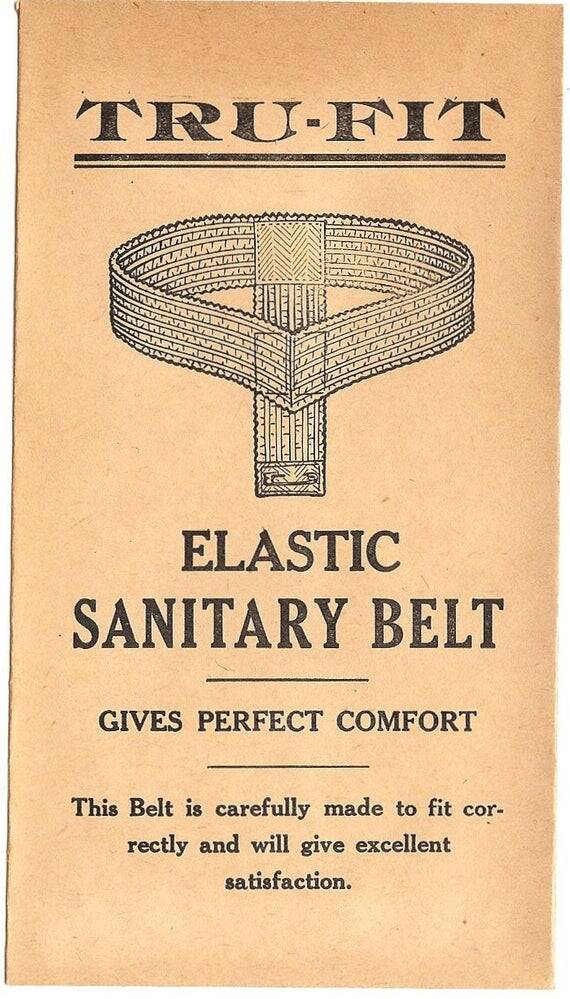
Helen LaRuse/Wikimedia CommonsWomen used sanitary belts like these to hold sanitary pads in place.
However, Kenner did not have the funds to file for a patent. And even though she was accepted to Howard University after high school, she had to drop out in her second year because of the cost.
The inventor did not give up on her idea, however. She saved up and made improvements on her sanitary belt, honing the design as the decades passed. Kenner finally filed for a patent in 1954, and it was granted in 1956. Despite this achievement, Mary Kenner still faced a difficult journey.
Blatant Racism On The Path To Success
Mary Kenner’s father had struggled to make money off of his patent, and Mary faced a similar challenge herself. The Sonn-Nap-Pack Company heard about the sanitary belt and contacted Kenner, offering to market her product, but racism soon reared its ugly head.
“One day I was contacted by a company that expressed an interest in marketing my idea. I was so jubilant,” Kenner said in a 1982 interview, as reported in Laura S. Jeffrey’s book Amazing American Inventors of the 20th Century. “I saw houses, cars, and everything about to come my way.”
Then, a company representative visited Kenner’s home and learned that she was Black.
“Sorry to say, when they found out I was Black, their interest dropped. The representative went back to New York and informed me the company was no longer interested.”
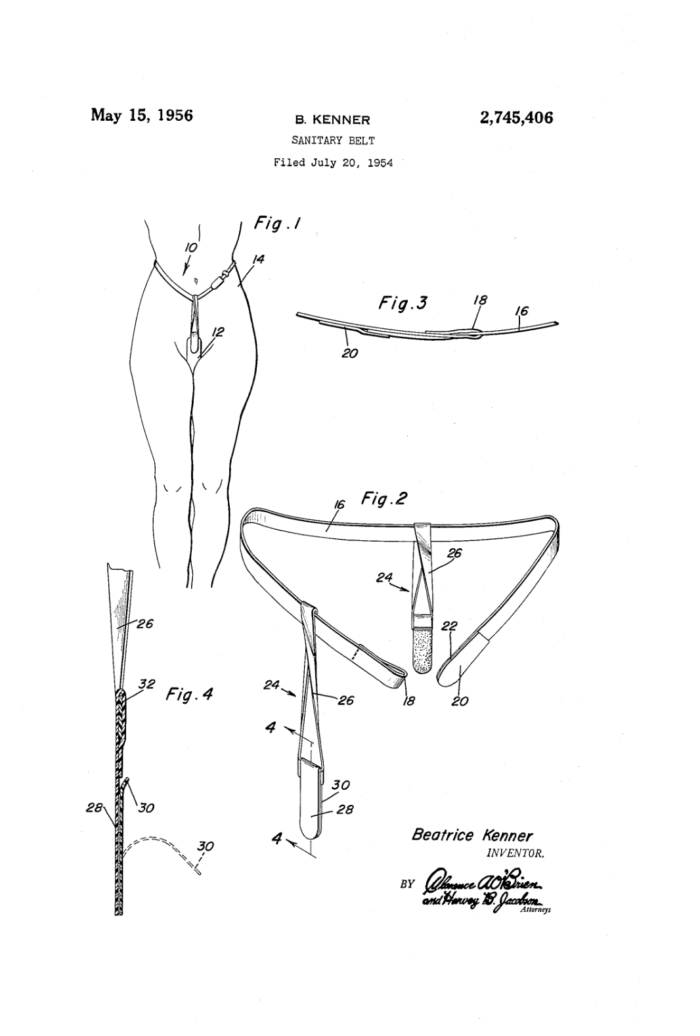
U.S. Patent and Trade OfficeThe patent for Mary Kenner’s sanitary belt stated that it worked in a “highly efficient and satisfactory manner.”
Blatant racism was unfortunately common, forcing some Black inventors to hire a white person to act as the face of their invention.
Ultimately, Mary Kenner never made money from her sanitary belt patent. By the 1970s, adhesive pads had replaced sanitary belts. She allowed her patent to expire in the 1980s.
The Five Patents Of Mary Beatrice Kenner
The sanitary belt was just one of Mary Kenner’s five patents. She also modified her original sanitary belt with a “moisture resistant pocket.” By 1987, she held patents on several household and personal items, including a back washer and massager and a toilet paper holder.
Mary’s sister Mildred used a walker because she had multiple sclerosis, so Mary patented a clip-on tray and pocket to make life easier for Mildred and others like her.
“After seeing her trying to get around on her walker, I thought it would be more convenient if she had a tray on it to help her carry things,” explained Kenner.
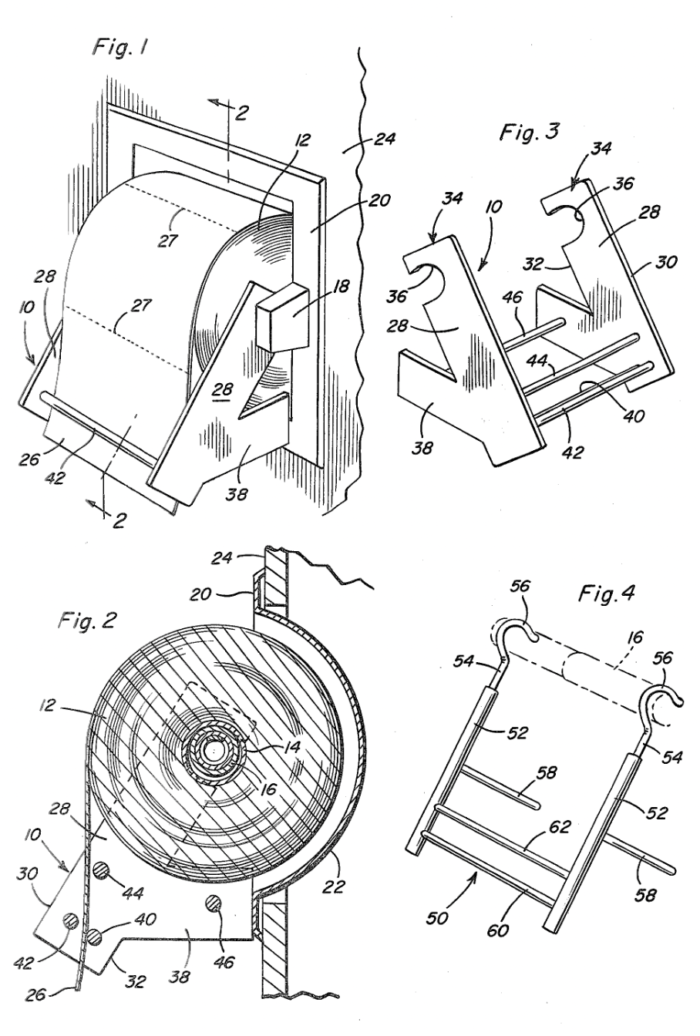
U.S. Patent and Trade OfficeMary Kenner also patented a toilet paper holder, a back washer, and tray for a walker.
When she wasn’t working on her inventions, Kenner held a federal government job, working for the Census Bureau and the General Accounting Office. She also chaperoned women at military dances, where she met her husband, a soldier.
In the 1950s, Kenner left her job and divorced her husband. For the rest of her career, she ran a flower shop in Washington, D.C. She died in 2006 at the age of 93.
Mary Kenner was one of many Black women patenting inventions in the 20th century. Next, learn about other boundary-breaking Black inventors. Then read about wartime physical therapist and inventor Bessie Blount Griffin.





